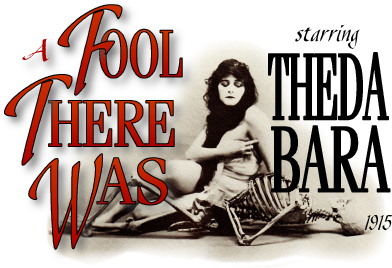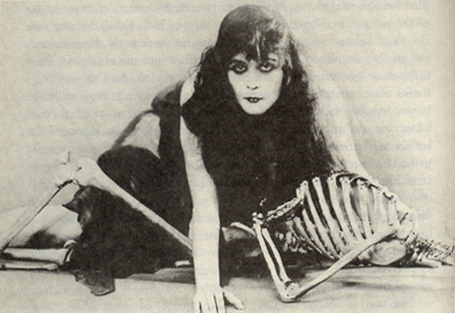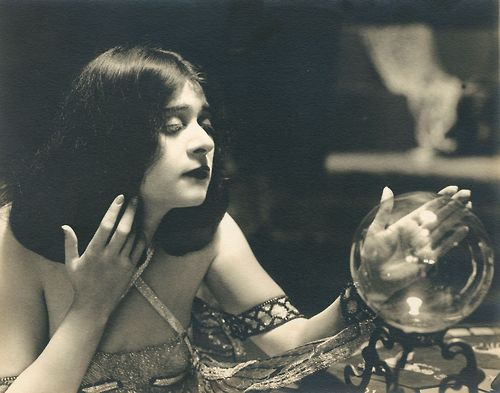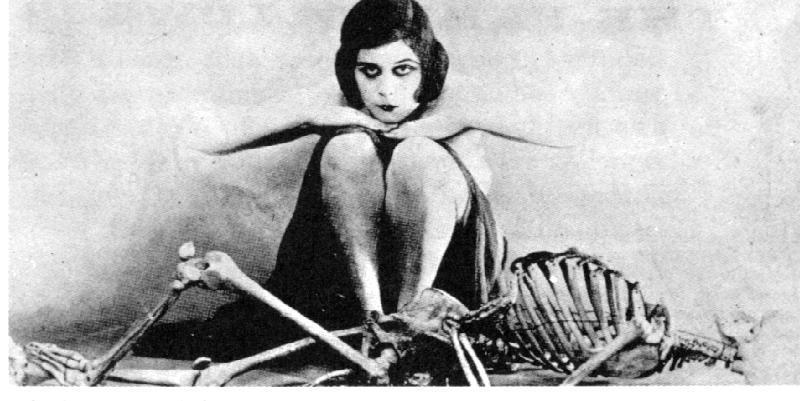From Philip Burne Jones to Theda Bara : the tale of a Vampire





images: Philip Burne-Jones (1861–1926)


Philip, the son of the great symbolist painter Edward Burne-Jones was brought up surrounded by Pre-Raphaelite and Symbolist depictions of Femme Fatales, and the reputedly opposing sexual characteristics of his 'god fathers' the repressed John Ruskin and the libertine Dante Gabriel Rossetti was in some minds a brew for the troubled relationships that he was to encounter later in life. As was living and working in the great art shadow of his father, yet from both these factors blossomed Philip's most famous and possibly greatest work - 'The Vampire'.
Created in the era following the birth of the seductive sexual vampire in gothic fiction such as Bram Stoker's Dracula and Sheridan le Fanu's Carmilla, Jones' Vampire was said not to be the child of literary tales but the progeny of his own inner demons and experience symbolised. Jones was not the predatory attractive count but the victim of his own unrequited love and lust.
None more so it is said than the passion he held for the actress Beatrice Stella Tanner, more well known to the world as Mrs Patrick Campbell - a passion she did not return, but she did allegedly take far more willingly to his gifts and introductions into the social circles of the day. At least until she grew bored with Jones and discarded him, turning her own passion elsewhere (not to her husband Patrick Campbell but to the actor Johnston Forbes-Robertson).
It was spoken that Campbell was the inspiration and subject of 'The Vampire', something Jones later denied yet Cambell herself was keen to promote as a means of courting publicity to herself and her career.
(Portrait of Mrs Patrick Cambell by Edward Halle)
Yet for all Jones' denial of Campbell being the subject of the painting and his later denial of even ever having known her, the concept of a predatory woman denying passion yet taking all else on offer and leaving the man spent and broken was indeed the source of inspiration of the painting, for upon the presentation of the artwork in 1897, it was accompanied by the following poem, penned by Jones' cousin, the illustrious writer Rudyard Kipling
A fool there was and he made his prayer
Oh, the years we waste and the tears we waste,
(Even as you or I!)
To a rag and a bone and a hank of hair,
(We called her the woman who did not care),
But the fool he called her his lady fair--
(Even as you or I!)
And the work of our head and hand
Belong to the woman who did not know
(And now we know that she never could know)
And did not understand!A fool there was and his goods he spent,
(Even as you or I!)
Honour and faith and a sure intent
(And it wasn't the least what the lady meant),
But a fool must follow his natural bent
(Even as you or I!)Oh, the toil we lost and the spoil we lost
And the excellent things we planned
Belong to the woman who didn't know why
(And now we know that she never knew why)
And did not understand!The fool was stripped to his foolish hide,
(Even as you or I!)
Which she might have seen when she threw him aside--
(But it isn't on record the lady tried)
So some of him lived but the most of him died--
(Even as you or I!)``And it isn't the shame and it isn't the blame
That stings like a white-hot brand--
It's coming to know that she never knew why
(Seeing, at last, she could never know why)
And never could understand!''The Vampire: by Rudyard Kipling


portrait of Rudyard Kipling by Philip Burne Jones.
Though the painting 'The Vampire' is now lost - sold into a private collection, languishing somewhere or destroyed ... possibly by Philip's own hand, its legacy and Kipling's words were to live on, ironically in one of only a handful of the dozens of movies to survive starring an actress who was to become known as 'the first of the Hollywood Vamps.'
Originating first as a stage-play, then a novel by Porter Emerson Browne, "A Fool There Was" was brought to the silver screen by George Fox in 1915.
In the role of the 'Women who Didn't Care' he cast an unknown actress called Theodosia Burr Goodman. She would become far more well known to the audiences of cinema-goers under her screen name - Theda Bara.
Bara's strange gothic beauty made her something of a dark star in the silent era, but her dusky glow dimmed with the birth of sound on celluloid. Though it was said that Bara retired early from acting to concentrate upon a family life, she gave birth to no children and that in fact her voice was considered too weak and irritating and too much in contrast to her exquisite exotic looks for either theatre or the 'talkies'.
Ironically with the loss of The Vampire painting, of all the actors and actresses to have a star on the Hollywood Walk of Fame, Theda Bara has the highest percentage of lost movies. Through neglect, time and fire, the vast majority of Bara's films are now irritrievably gone ..
Ashes to ashes, dust to dust ...

full movie uploaded to YouTube by smpr12








A fuller account of the Tale of the Vampire and A Fool There Was can be found in the book Vampires: Encounters with The Undead by David J. Skal http://www.amazon.com/Vampires-Encounters-David-J-Skal/dp/1579122094



No comments:
Post a Comment